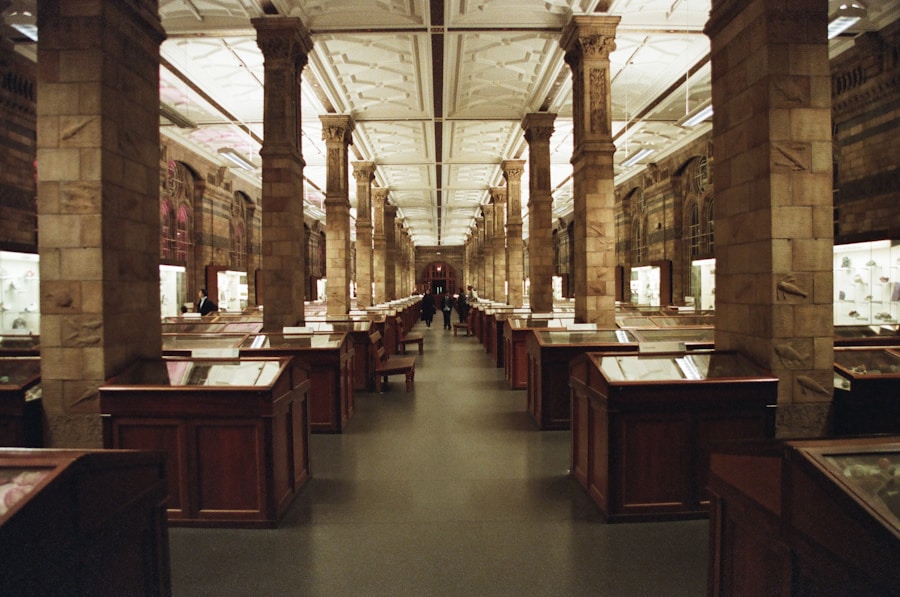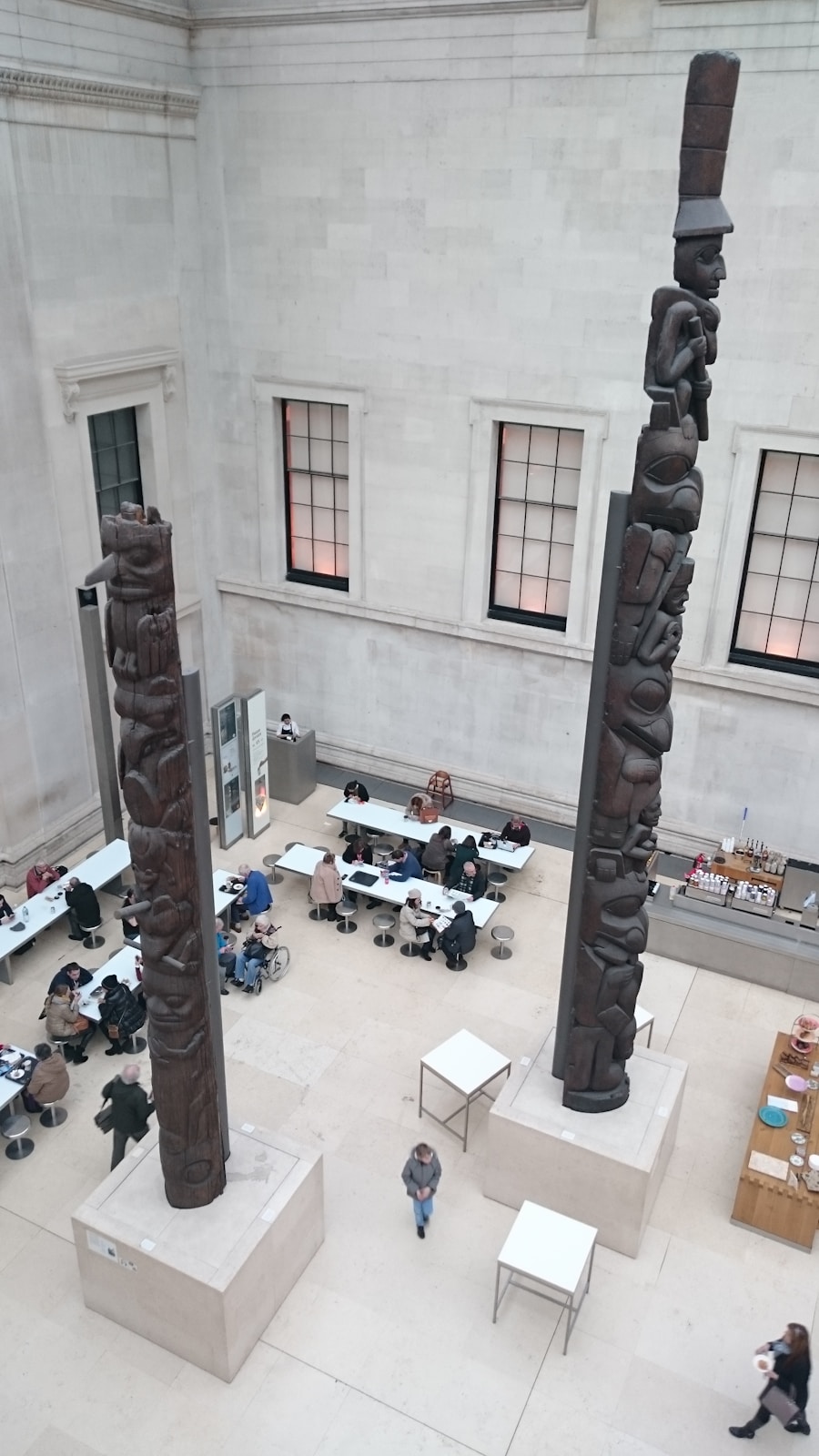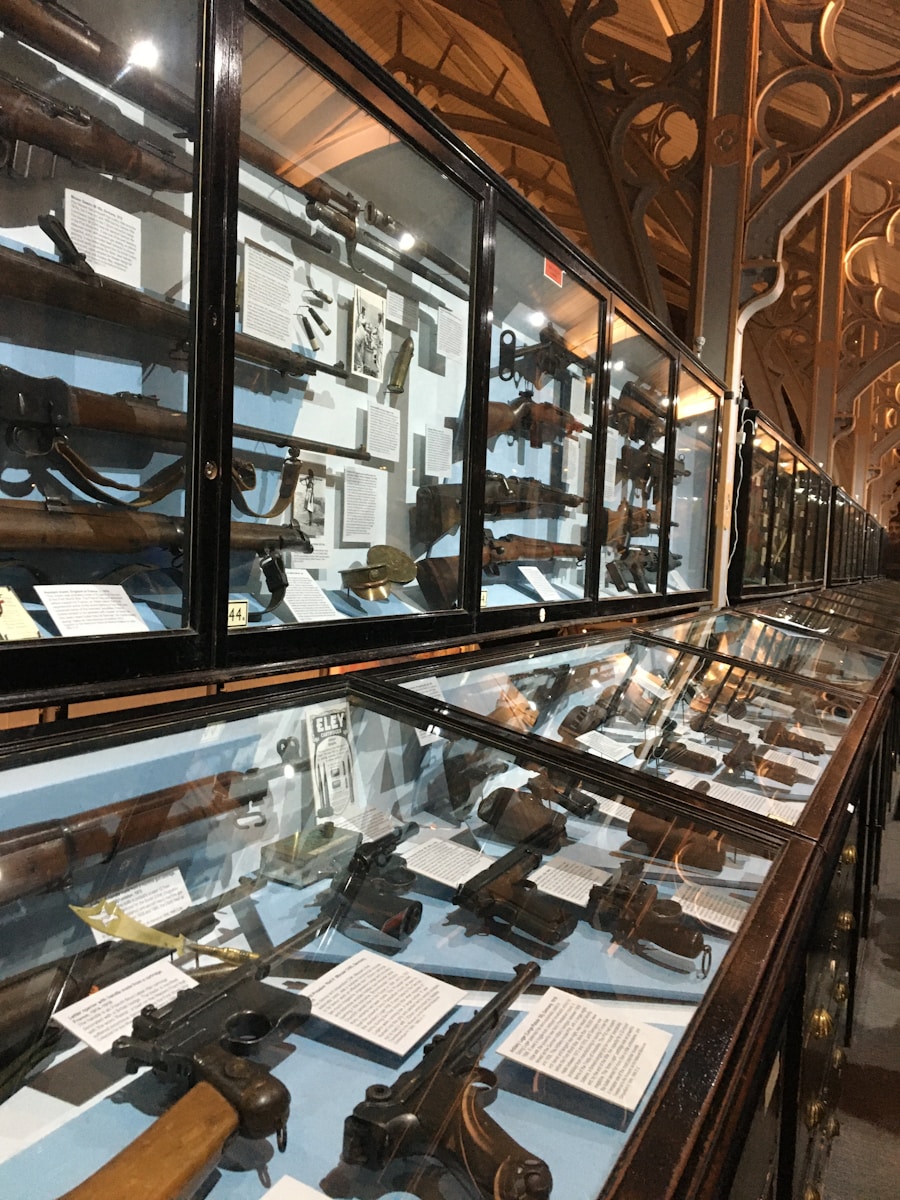Museum conservation is a specialized field dedicated to the preservation and protection of cultural heritage artifacts, artworks, and historical objects. This discipline encompasses a wide range of practices aimed at maintaining the integrity and longevity of items housed in museums, galleries, and other cultural institutions. The role of conservators is multifaceted; they not only restore and repair objects but also engage in preventive measures to ensure that these items remain in optimal condition for future generations.
The importance of museum conservation cannot be overstated, as it safeguards the tangible links to our past, allowing us to understand and appreciate the cultural narratives that shape our identities. The practice of conservation is rooted in a deep respect for the materials and craftsmanship of historical objects. Conservators must possess a thorough understanding of various materials—such as wood, textiles, metals, and ceramics—and the chemical and physical processes that can lead to their deterioration.
This knowledge is essential for developing appropriate conservation strategies that balance the need for intervention with the desire to maintain the object’s authenticity. As museums increasingly recognize the significance of their collections, the demand for skilled conservators has grown, leading to advancements in techniques and technologies that enhance the effectiveness of conservation efforts.
Key Takeaways
- Museum conservation is the practice of preserving and protecting cultural heritage and artworks for future generations.
- Preventive conservation involves measures to prevent deterioration and damage to objects, such as proper storage, handling, and environmental control.
- Object examination and documentation are essential steps in understanding an object’s condition and history before conservation treatment.
- Conservation treatment includes a range of techniques and methods to stabilize and restore objects, while respecting their original materials and integrity.
- Environmental monitoring and control are crucial for maintaining stable conditions within a museum to prevent damage to objects from factors such as light, temperature, and humidity.
- Ethics and standards in museum conservation guide professionals in making ethical decisions and following best practices to ensure the long-term preservation of cultural heritage.
Preventive Conservation
Risk Assessment and Mitigation
One of the primary goals of preventive conservation is to identify potential threats—such as environmental factors, pests, and human activity—and implement measures to mitigate these risks.
Environmental Control
Controlling environmental conditions within exhibition spaces and storage areas is a crucial aspect of preventive conservation. Temperature and humidity levels are critical factors that can significantly impact the condition of artifacts. For example, high humidity can lead to mold growth on organic materials like textiles and paper, while low humidity can cause cracking in wooden objects. To combat these issues, conservators may employ climate control systems that maintain stable conditions, utilizing dehumidifiers or humidifiers as necessary.
Light Protection
Light exposure is another concern in preventive conservation. Ultraviolet (UV) light can cause fading and degradation of pigments in artworks. Museums often use UV-filtering glass or acrylic in display cases to protect sensitive items from harmful light exposure.
Object Examination and Documentation

A thorough examination of objects is a cornerstone of effective museum conservation. This process involves a detailed visual inspection, often aided by specialized tools such as magnifying glasses or microscopes, to assess the condition of an artifact. Conservators look for signs of deterioration, such as cracks, discoloration, or surface dirt, which can indicate underlying issues that may require intervention.
Documenting these findings is crucial; it creates a baseline record that can be referenced in future assessments or treatments. Documentation extends beyond mere condition reports; it encompasses a comprehensive cataloging system that includes information about an object’s provenance, materials, and previous conservation efforts. This meticulous record-keeping is essential for tracking changes over time and ensuring that any treatment applied is appropriate for the specific needs of the object.
For example, if a painting has undergone previous restoration work, conservators must consider how new treatments might interact with older materials. Digital documentation systems have revolutionized this aspect of conservation, allowing for more efficient data management and easier access to information across institutions.
Conservation Treatment
When preventive measures are insufficient to address an object’s deterioration, conservators may resort to conservation treatment. This process involves a range of techniques aimed at stabilizing and restoring artifacts while preserving their historical integrity. Treatment decisions are guided by ethical considerations and a commitment to minimal intervention; conservators strive to retain as much of the original material as possible while addressing issues that threaten the object’s stability.
One common treatment involves cleaning artifacts to remove surface dirt and contaminants. For instance, a conservator working on a bronze sculpture may use specialized cleaning solutions to remove corrosion without damaging the underlying metal. In cases where structural repairs are necessary, conservators employ reversible methods that allow for future interventions if needed.
For example, when repairing a torn textile, conservators might use stitching techniques that can be undone without harming the original fabric. The goal is always to enhance the object’s longevity while respecting its historical context.
Environmental Monitoring and Control
Environmental monitoring is an integral component of museum conservation that ensures artifacts are kept in optimal conditions. This process involves the continuous assessment of temperature, humidity, light levels, and other environmental factors that can affect the stability of collections. Many museums utilize sophisticated monitoring systems equipped with sensors that provide real-time data on environmental conditions.
This information allows conservators to make informed decisions about necessary adjustments to maintain ideal preservation conditions. In addition to monitoring existing conditions, museums often implement control measures based on the data collected. For example, if humidity levels rise above recommended thresholds, conservators may activate dehumidification systems or adjust air circulation to restore balance.
Similarly, light levels can be managed through timed lighting systems or by limiting access to sensitive areas during peak visitor hours. By actively managing these environmental factors, museums can significantly reduce the risk of deterioration and extend the lifespan of their collections.
Ethics and Standards in Museum Conservation

Ethics play a pivotal role in museum conservation, guiding conservators in their decision-making processes and ensuring that interventions are conducted with integrity and respect for cultural heritage. The American Institute for Conservation (AIC) and other professional organizations have established ethical guidelines that emphasize the importance of preserving an object’s authenticity while providing necessary care. These standards advocate for transparency in treatment methods and encourage conservators to communicate openly with stakeholders about their work.
One key ethical consideration is the principle of minimal intervention; conservators are urged to apply treatments only when absolutely necessary and to choose methods that do not compromise an object’s historical significance. For instance, when restoring a painting, a conservator must weigh the benefits of cleaning against the potential loss of original paint layers or varnish. Additionally, ethical standards require conservators to document all treatments thoroughly, providing a clear record for future reference and ensuring accountability within the field.
In conclusion, museum conservation is a complex and dynamic field that requires a blend of scientific knowledge, artistic sensibility, and ethical responsibility. Through preventive measures, careful examination and documentation, skilled treatment techniques, environmental monitoring, and adherence to ethical standards, conservators play a vital role in preserving our cultural heritage for future generations. The ongoing evolution of conservation practices reflects not only advancements in technology but also a growing recognition of the importance of safeguarding our shared history.
One related article to Core Principles of Museum Conservation is “Exploring Western Philosophy: From Ancient Greece to Modern Perspectives.” This article delves into the evolution of philosophical thought from its origins in ancient Greece to the diverse perspectives of modern times. It provides a comprehensive overview of the key ideas and thinkers that have shaped Western philosophy throughout history. To read more about this fascinating topic, check out the article






















+ There are no comments
Add yours